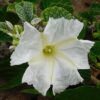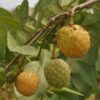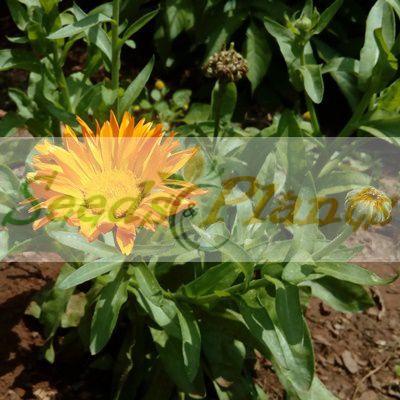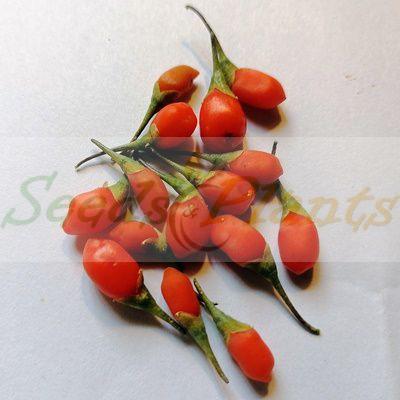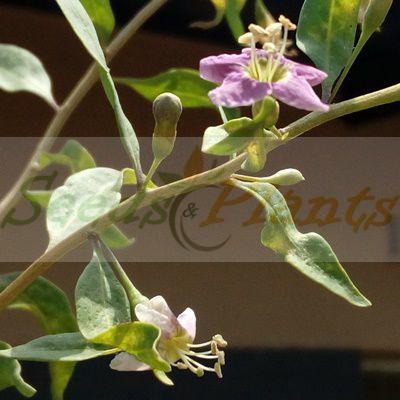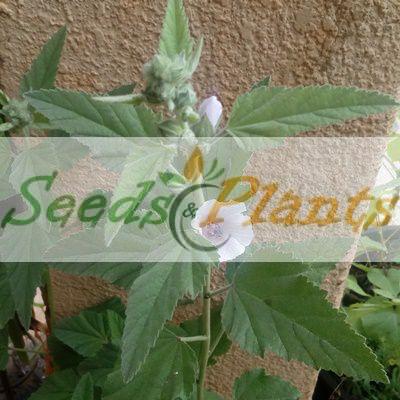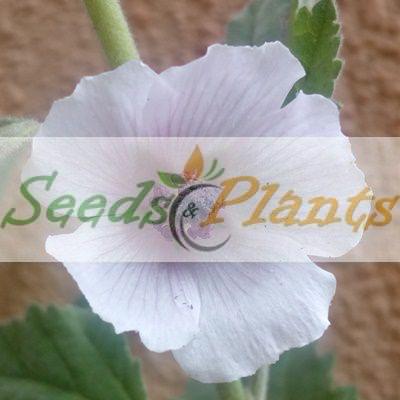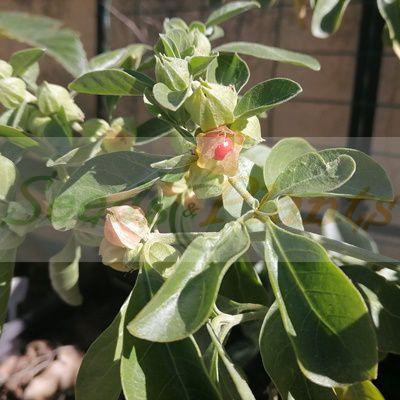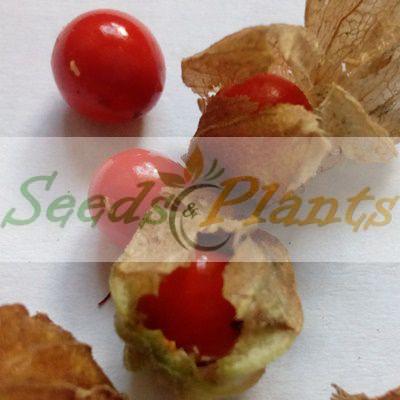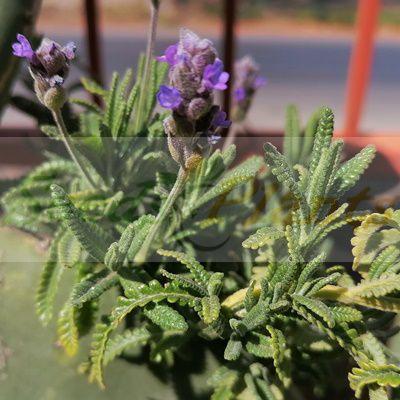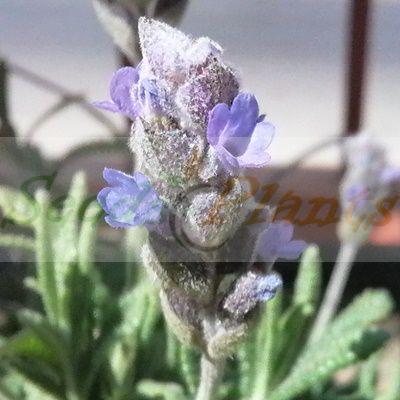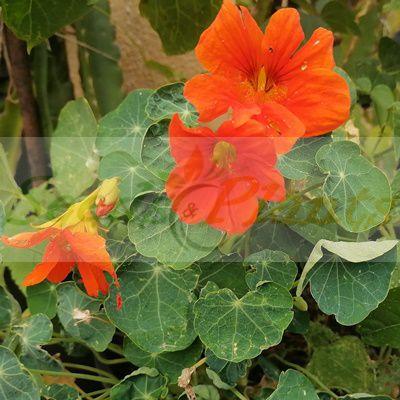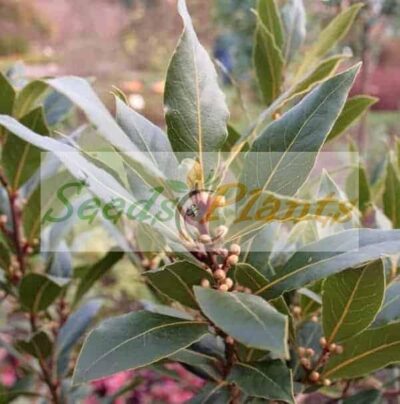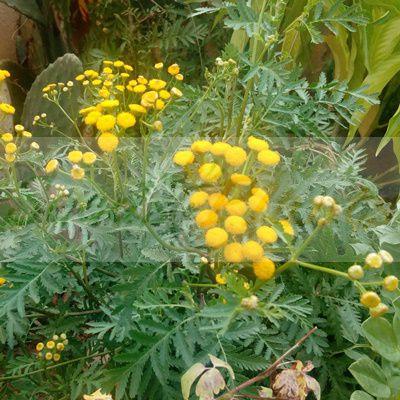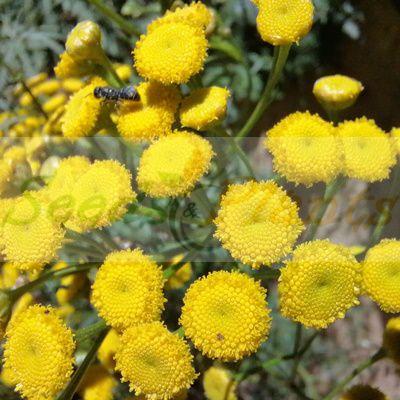☕ Coffee & Tea Quick Facts
Plant Info
- 🌍 Origin / Region: South Africa
- 🌿 Foliage Type: Evergreen
- 🥗 Edible Part: Flower, Leaf, Stem
Medicinal Info
- 🌿 Medicinal Part: Shoots
- 🍵 Herbal Preparation: Decoction, Extract / Tincture, Infusion / Tea
- ⚕️ Healing System: African Traditional Medicine
Growth Traits
- 🌱 Life Cycle: Perennial
- 🌾 Plant Type: Shrub
- 🪴 Growth Habit: Upright
Growing Requirements
- 🌞 Sun Exposure: Full Sun
- 💧 Water Needs: Avoid Overwatering, Regular Water
- ☀️ Growing Conditions: Drought Tolerant, Frost Sensitive, Heat Tolerant, Not Cold Tolerant
- 🟤 Soil Preference: Poor Soil Tolerant, Sandy, Sandy loam, Well-Drained
Honeybush Tea – 10 Seeds
(Cyclopia genistoides)
R50.00
Honeybush a herbal tea indigenous to South Africa. The tea has a pleasant taste, has a very low tannin content and contains no caffeine. The tea is made from the shoots of the Honeybush shrub.
Common names: Common Honeybush-tea, Gewone Heuningbostee, Honeybush Tea, kustee, coastal tea and Cape tea.
Indoor Sowing: Summer and Autumn.
Direct Sowing: Summer and Autumn.
Out of Stock
Email me when the product is back in stock.
☕ Coffee & Tea Quick Facts
Plant Info
- 🌍 Origin / Region: South Africa
- 🌿 Foliage Type: Evergreen
- 🥗 Edible Part: Flower, Leaf, Stem
Medicinal Info
- 🌿 Medicinal Part: Shoots
- 🍵 Herbal Preparation: Decoction, Extract / Tincture, Infusion / Tea
- ⚕️ Healing System: African Traditional Medicine
Growth Traits
- 🌱 Life Cycle: Perennial
- 🌾 Plant Type: Shrub
- 🪴 Growth Habit: Upright
Growing Requirements
- 🌞 Sun Exposure: Full Sun
- 💧 Water Needs: Avoid Overwatering, Regular Water
- ☀️ Growing Conditions: Drought Tolerant, Frost Sensitive, Heat Tolerant, Not Cold Tolerant
- 🟤 Soil Preference: Poor Soil Tolerant, Sandy, Sandy loam, Well-Drained
Honeybush Tea (Cyclopia genistoides) is a much-branched woody fynbos shrub with golden yellow stems that grows to about 1m in height. The short needle-like leaves are arranged along the branches and the plant produces sweetly scented, bright yellow pea-like flowers. Carpenter bees are attracted to the sweet smelling flowers and they are responsible for most of the pollination. The plant is is not considered to be self-fertile and the plant’s flowers are specifically structured to be pollinated by carpenter bees, which are generalist foragers and transfer pollen between different plants and populations. Therefore for seed production, more than one plant will be needed.
Traditionally, honeybush tea is made from Cyclopia genistoides, which occurs naturally on mountains in the Cape Peninsula. The tea, made from the shoots of the shrub, has a very low tannin content and contains no caffeine. The plant is also used in Traditional African Medicine.
To make the tea the stems and leaves are chopped into small pieces, wet and then left in heaps where they ferment spontaneously. The plant material may also be heated in an oven to about 60°C – 70°C to enhance the process. After sufficient fermentation, the tea is spread out in the sun to dry. After sifting, it is ready for use. Drinking honeybush tea is said to promote good health, stimulate the appetite and the milk flow in lactating mothers.
Common names: Common Honeybush-tea, Gewone Heuningbostee, Honeybush Tea, kustee, coastal tea and Cape tea.
Growing Honeybush Tea
Indoor Sowing: Summer and Autumn.
Direct Sowing: Summer and Autumn.
- The best time to sow seed is from summer to autumn.
- To increase the chance of germination, the seeds can be first treated with a smoke primer. Alternatively, place the seeds for 20 seconds in boiling water, before planting the seeds. When the 20 seconds are over, the water is drained and the seeds planted.
- Fill a container with a well draining growing medium with a low pH of 3.5 to 5.
- The seeds should be planted about 1 cm below the soil surface.
- Keep the growing medium moist but not wet. To prevent damping off, a fungicide should be used.
- Germination can take up to two months or more.
- The young seedlings are potted up as soon as they are big enough to handle and grown on in the nursery before planting in the garden.
- Seedlings should be watered for the first two weeks. After that the plants are only watered in excessively dry conditions.
- Honeybush needs to be planted in full sun and well-drained sandy to sandy loam-type soil with a PH below 5.
- The plants are sensitive to severe frost.
Can this plant be used for culinary purposes?
Honeybush Tea is traditionally used for culinary purposes such as beverages/teas and flavoring.
Does this plant have medicinal uses?
Traditionally, Honeybush Tea has a history of use in African Traditional Medicine. Seeds are sold for cultivation purposes only.
Disclaimer
Medicinal Information:
All medicinal information on this website is for educational and informational purposes only and may not be construed as medical advice. The information is not intended to replace medical advice or treatment offered by healthcare professionals.
Seeds, Plants, Plant Cuttings, Geophytes and Dried Herbs:
In some countries and provinces, certain plants are deemed as invasive and are not allowed to be planted at all, whilst some plants are allowed to be grown only in certain areas or provinces. The onus is on you as the buyer to familiarize yourself with the regulations pertaining to your location, before purchasing any of our seeds, plants, plant cuttings, geophytes or dried herbs. We will not be held liable, should you purchase any seeds, plants, plant cuttings, geophytes or dried herbs. from us which are prohibited in your country or province.

